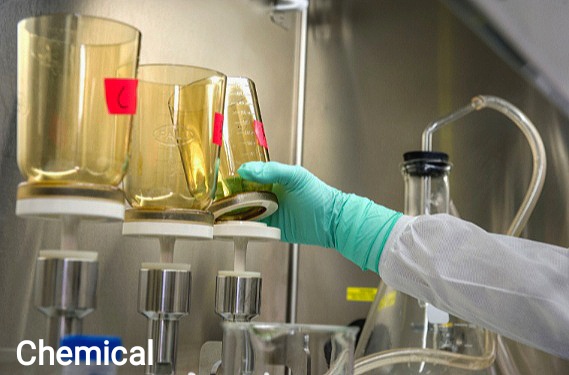Definition Of Inorganic Chemistry
Inorganic chemistry is defined as the study of the chemistry of matter from inorganic sources. In general, it refers to substances containing carbon-hydrogen bonds, including metals, salts and minerals. Inorganic chemistry is used to study and develop catalysts, superconductors, fuels, coatings, materials, surfactants and drugs. Important chemical reactions in inorganic chemistry include double acid-base reactions, displacement reactions, and redox reactions.
In contrast, the chemistry of compounds that contain C-H bonds is called organic chemistry. Both organic and inorganic chemistry overlap organic compounds. Organometallic compounds usually consist of a metal that is directly attached to a carbon atom.
The first (1st) man-made inorganic compound of commercial importance was the synthesis of ammonium nitrate. Ammonium nitrate was made using evaporation process for use as soil fertilizer.
What Is Inorganic Chemistry?
Inorganic chemistry relates to the properties and behavior of inorganic compounds, including metals, minerals, and organometallic compounds.Although organic chemistry is defined as the study of carbon-containing compounds, inorganic chemistry is the study of the remaining (i.e., non-carbonated) subsets of the compound. But there could be an overlap between the two fields. For example, organometallic compounds usually contain a metal or metallic substance that is directly attached to carbon.
Where Is Inorganic Chemistry Used?
Inorganic compounds are used as catalysts, surfactants, coatings, pigments, medicines, fuels and many more. They often have high melting points and certain high or low electrical conductivity properties, which makes them suitable for specific purposes. For example:- Ammonia: Ammonia is a source of nitrogen in Surrey. It is one of the major inorganic chemicals used in the production of nylon, fiber, plastics, polyurethane, hydrogen (used in jet and rocket fuels) and explosives.
- Chlorine: Chlorine is used to make polyvinyl chloride (used for pipes, clothing, furniture, etc.), agrochemicals (e.g., fertilizers, pesticides, or soil treatments), pharmaceuticals, and chemicals for water treatment and disinfection.
- Titanium: Titanium dioxide is a naturally occurring oxide of titanium, which is used as a white powder pigment in paints, coatings, plastics, paper, ink, fiber, food and cosmetics. It also has good ultraviolet light resistance properties and there is a growing demand for its use among photocatalysts.
Inorganic Chemistry Journals And Publications
It contains numerous publications dedicated to advances in inorganic chemistry. Journals include Inorganic Chemistry, Journal, Polyhedron of Inorganic Biochemistry, Dalton Transactions and Bulletin of the Chemical Society of Japan.FAQs On Inorganic Chemistry
Question 1: What are the physical properties of chemistry?Answer: Physical properties are observed or measured without changing the structure of matter. Physical features are used to observe and describe objects. Physical properties include odor, shape, texture, color, boiling point, density, solubility, melting point, polarity, and more.
Question 2: What is the scope of inorganic chemistry?
Answer: Inorganic chemistry is the study of the synthesis, structure and behavior of inorganic or organic compounds. Inorganic chemicals are used in every sector of the chemical industry, including catalysis, physics, dyes and pigments, pharmaceuticals, fuels, surfactants, coatings and plastics.














No comments:
Post a Comment